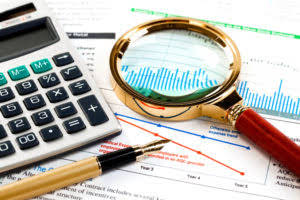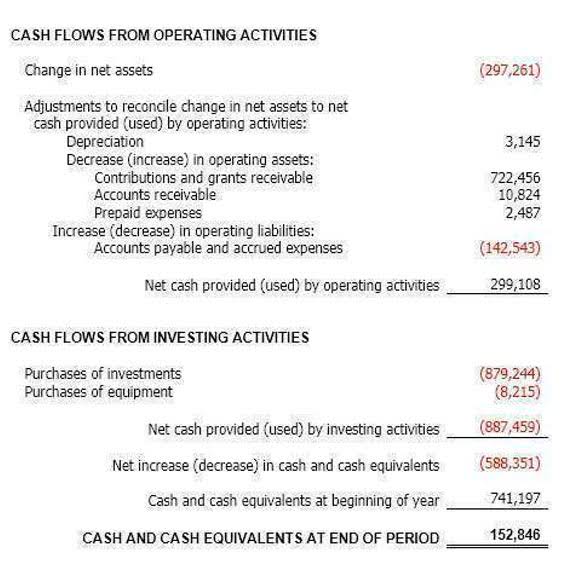
As production increases, these costs rise and as production decreases, they fall. Variable costs are expenses that fluctuate in direct proportion to changes in the level of production or sales. These costs increase or decrease based on the volume of goods produced or services rendered.
- If your company accepts credit card payments from customers, you’ll have to pay transaction fees on each sale.
- Perform energy audits, wherein the energy consumption of your production processes is assessed to identify areas for efficiency improvements.
- If you’re having trouble seeing how these techniques could apply to your business, consider hiring a business operations or managerial accounting consultant with experience in your industry.
- Variable and fixed costs play into the degree of operating leverage a company has.
- Below, we discuss what variable costs are, why they’re important, and how you can calculate them.
What are Variable Costs?
Still, it’s also vital to understand the most important cost so that a business owner can ensure they’re not breaking even on their expenses. This could include things like research and development, new materials, packaging, shipping costs, as well as a commission for your salespeople, varying labor units, and more. This would heavily impact this business decision, especially if the cost of variable expenses outweighed your return on investment. Some of the most common variable costs include physical materials, production equipment, sales commissions, staff wages, credit card fees, online payment partners, and packaging/shipping costs.
Variable Costs and Financial Statements

In other words, they are costs that vary depending on the volume of activity. The costs increase as the volume of activities increases and decrease as the volume of activities decreases. This can fluctuate based on various factors such as the price of raw materials or changes in labor costs. Examples of fixed costs are rent, employee salaries, insurance, and office supplies. A company must still pay its rent for the space it occupies to run its business operations irrespective of the volume of products manufactured and sold.

Variable Costs in Different Industries
Fixed costs are different because they remain constant regardless of the output. These costs are fundamental to ensuring you take strategic business decisions based on cost. In economics, variable cost is distinguished from fixed cost based on their behavior with respect to changes in the level of output. Variable costs vary with the level of output, while fixed costs remain constant regardless of the level of output. By understanding its variable costs, a company can make adjustments to its operations to increase profitability.

As sales increase, more commissions may need to be paid out to employees or sales representatives. Utilities, such as electricity and water, can also be variable costs, as they may increase with higher production levels. As production levels increase, more employees may be needed to complete the work, resulting in higher labor costs.
This might involve training employees, investing in advanced machinery, or adopting new production techniques. For example, if a spike in demand for a particular raw material occurs due price per item formula to global shortages, the cost to purchase that material will increase. Yarilet Perez is an experienced multimedia journalist and fact-checker with a Master of Science in Journalism.
She has worked in multiple cities covering breaking news, politics, education, and more.
Ask Any Financial Question
- A member of the CPA Association of BC, she also holds a Master’s Degree in Business Administration from Simon Fraser University.
- Then we’ll dive into the differences between variable and fixed costs, examples of each, and how calculating variable costs can help you earn more.
- This can help businesses reduce their variable costs and increase their profits.
- Different industries tend to have more fixed or variable costs, depending on the nature of the service or product they provide.
- Austin has been working with Ernst & Young for over four years, starting as a senior consultant before being promoted to a manager.
- He’s visited over 50 countries, lived aboard a circus ship, and once completed a Sudoku in under 3 minutes (allegedly).
- For instance, let’s say you make and sell hand-painted “World’s Best Boss” mugs.
- Your average variable cost crunches these two variable costs down to one manageable figure.
- Determining what constitutes a direct variable cost can sometimes be challenging.
- These costs are used for costing the business’ products using different methods, such as activity-based costing, process costing, etc.